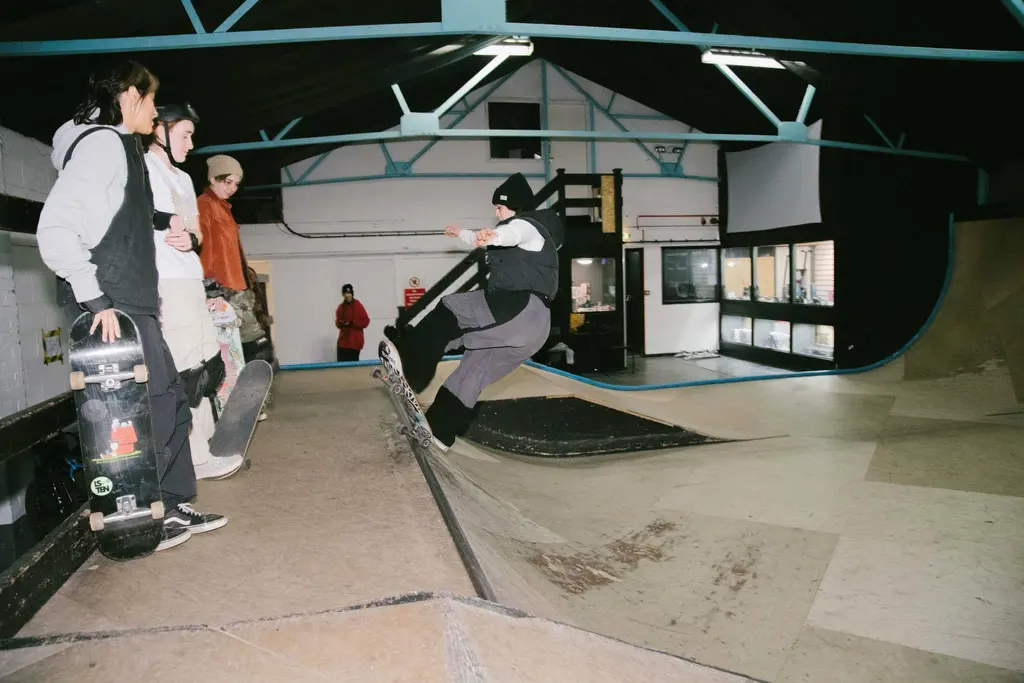The aftermath of Guatemala's 1976 earthquake – in photos
- Text by Isaac Muk
- Photography by James Hayman

In early 1974, James Hayman was travelling through Central America with a friend. He'd completed a degree in photojournalism at a university in Washington D.C. a few years before – but, after pulling shifts at a local newspaper, decided that capturing the stories of the day wasn’t for him, and that he wanted to see the world outside of his home country.
“We were hoping to get all the way down to South America and we were waylaid in Mexico for a while,” Hayman says. “Then, just as we were travelling to Guatemala, the earthquake hit.”
On February 4, 1976, around 3AM local time, a disastrous 7.5 magnitude earthquake hit the country. With its centre located about 100 miles northeast of Guatemala City, its effects led to an estimated death toll of more than 22,000 people, left 76,000 injured and over a million homeless as houses, entire villages and almost half (40%) of the country’s hospitals were reduced to rubble.
Hearing about the tragedy, Hayman decided that he and his friend would continue onwards with their journey, passing through the country swiftly and leaving as light a footprint as possible. Hitching a ride with some students, the pair were driven across the border, past miles of destruction, and dropped off in Guatemala City where they spent a night at a hospital. It was there they received a proposal that would upend their plans.
“Some students from the American University came by and said: ‘Are you interested in doing any volunteer work for the UN?’” Hayman recalls. “So I said ‘yeah, absolutely’ and I spent the next four months working for the UN and also photographing.”


Nearly half a century later, a number of his black-and-white photographs, taken from his time helping with the country’s rebuilding and response effort are now presented in his series Guatemala, 1976. Travelling around the country’s wild terrain, Hayman would help provide communities with food, clothing and building materials. “We were going out to the middle of the jungle or up in the mountains and ask people what they needed because of the earthquake,” he says, with a gentle smile. “They would laugh at us and say: ‘We need everything we needed before the earthquake – we have nothing.’”
The pictures hint at the severe scale of the damage, from a cross atop a church knocked from its position to a makeshift barber shop erected among wrecked buildings. “The majority of buildings in Guatemala were made out of brick and mortar,” Hayman explains of how apparent the devastation was. “There was no such thing as being tested for earthquakes, so they just crumpled."
“The majority of people had [then] built houses made out of wood and thatched roots,” he adds. “For one because that was all they had but also there were always aftershocks and if the roof collapsed it was [less likely] to kill you in the way a concrete roof would.”





While the situation was bleak, the shots also demonstrate a level of coming together and community as people rebuilt their villages, towns and lives. With candid close-up portraits of families and shots taken among tightly huddled crowds – a humanity and spirit of resilience shines through. For Hayman, seeing and being part of that process during the four months he spent in Guatemala would be deeply formative for him, both personally and professionally as a photographer.
“I was overwhelmed by the destruction – people that were forced to live in a tarp tent or under a thatched roof next to their destroyed home,” he says. “People not having electricity, or potable water, and then that led to [me thinking] I need to do whatever I can to help people.
“It became a political thing for me, I became politically aware of the inequities in the world,” he continues. “It sent me on a path that I continued on today.”
Guatemala, 1976 and other photography by James Hayman can be seen on his website and Instagram.
Follow Isaac on Twitter.
Latest on Huck

Clubbing is good for your health, according to neuroscientists
We Become One — A new documentary explores the positive effects that dance music and shared musical experiences can have on the human brain.
Written by: Zahra Onsori

In England’s rural north, skateboarding is femme
Zine scene — A new project from visual artist Juliet Klottrup, ‘Skate Like a Lass’, spotlights the FLINTA+ collectives who are redefining what it means to be a skater.
Written by: Zahra Onsori

Donald Trump says that “everything is computer” – does he have a point?
Huck’s March dispatch — As AI creeps increasingly into our daily lives and our attention spans are lost to social media content, newsletter columnist Emma Garland unpicks the US President’s eyebrow-raising turn of phrase at a White House car show.
Written by: Emma Garland

How the ’70s radicalised the landscape of photography
The ’70s Lens — Half a century ago, visionary photographers including Nan Goldin, Joel Meyerowitz and Larry Sultan pushed the envelope of what was possible in image-making, blurring the boundaries between high and low art. A new exhibition revisits the era.
Written by: Miss Rosen

The inner-city riding club serving Newcastle’s youth
Stepney Western — Harry Lawson’s new experimental documentary sets up a Western film in the English North East, by focusing on a stables that also functions as a charity for disadvantaged young people.
Written by: Isaac Muk

The British intimacy of ‘the afters’
Not Going Home — In 1998, photographer Mischa Haller travelled to nightclubs just as their doors were shutting and dancers streamed out onto the streets, capturing the country’s partying youth in the early morning haze.
Written by: Ella Glossop